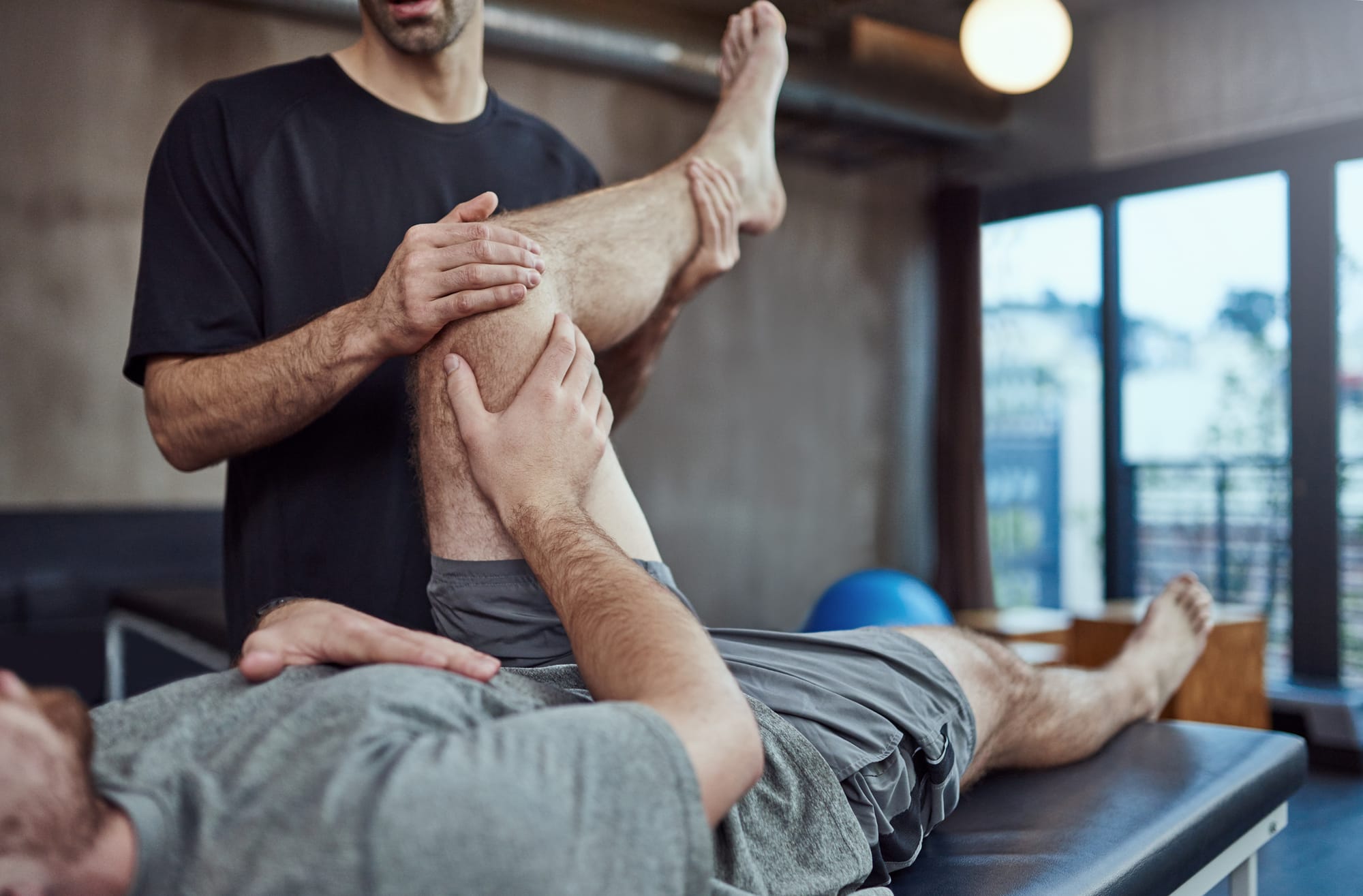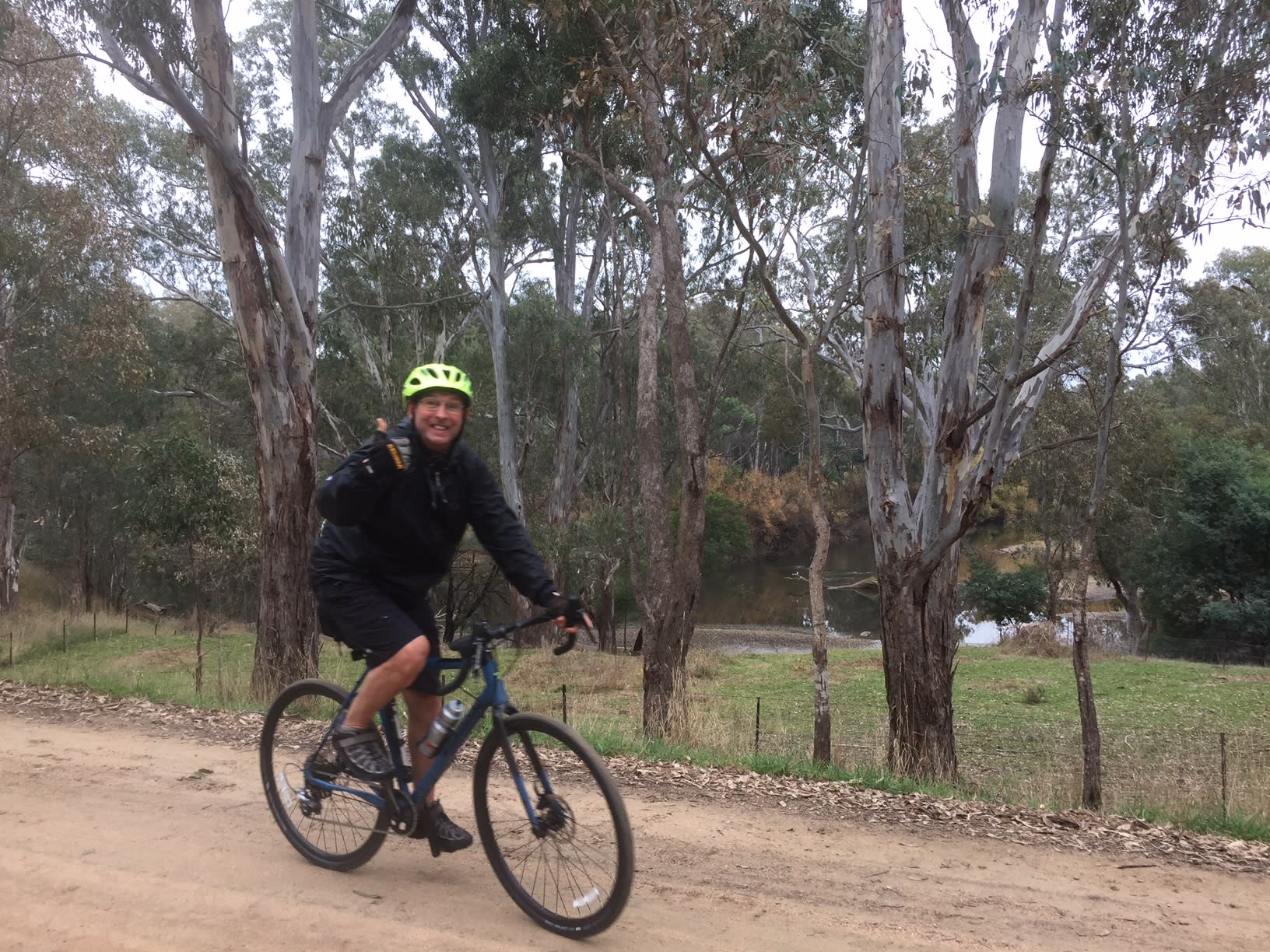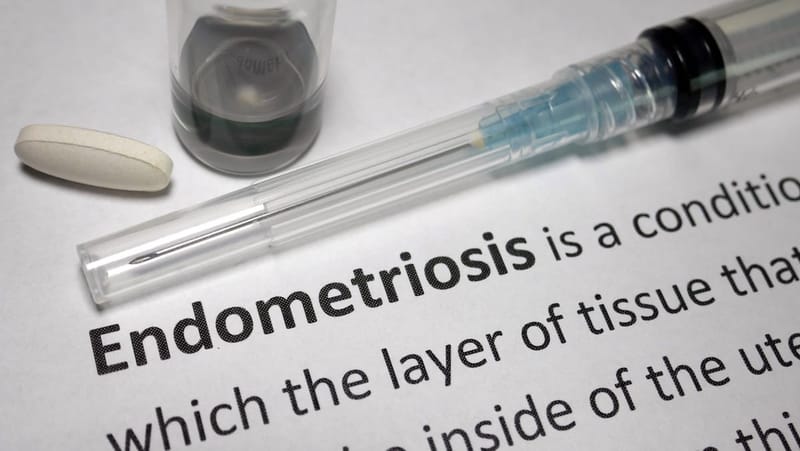
Melbourne man Robert Hogan, 66, was very physically active, even in his sixth decade, enjoying contact sports such as football and basketball, but the rough and tumble began to cause him some trouble.
The strain on his leg joints over time escalated and he suffered severe pain in his right knee. For 12 months, he had frequent days where the pain was so great it made it hard for him to get up in the morning. Looking for answers, Robert found a research program for physiotherapy, and soon began a very peculiar exercise routine.
By training his unaffected left leg with leg-presses and step-ups, Robert was able to gradually reduce the pain in his affected right leg to manageable levels. Now, it rarely bothers him.
Most importantly, the motion in his right leg was sustained even while it was inactive. Now that the pain has been dealt with and he can use his leg freely, he cycles. He's since completed the Great Victorian Bike Ride, a seven-to-nine-day round trip of the state.

The treatment “turned my life around”, Robert says.
That treatment was cross-education, a non-invasive phenomenon in physiology that’s been known about for 120 years but has seen a spike in the past decade because scientists have only recently understood how it works and the role of the primary motor cortex in the brain, which controls motion.
The primary motor cortex sends signals back and forth between the two hemispheres of the brain when you exercise your limbs, explains Monash University’s Dr Dawson Kidgell, a pioneering researcher in exercise physiotherapy.
If you move your right arm, the signal that controls that motion is sent down the motor-neural pathways by both sides of the brain; however, you don’t end up moving your left arm because that signal is blocked at the spinal cord.
Physiotherapists are able to exploit this to help patients with pain or injuries on one side of the body maintain the use of motor-neural pathways in damaged limbs without actually going anywhere near damaged limbs.
“We know pretty confidently that the motor cortex is a primary structure that’s involved in passing these skills over,” Dr Kidgell says.
Therefore, when Robert exercised his left leg, his brain sent signals down the motor neural pathway to his pained right leg, and this helped maintain his motion ability in it. Cross-education has also been found to help reduce pain caused by injury and arthritis.
The biggest danger of injuries where people can't move their limbs is atrophy, or the breaking down of muscles as they go unused. This also affects the nerve pathways within the motor cortex, as well as the pathways leading from your brain to the limb. So if you don’t use your limb for an extended period, you can slowly lose all ability to control the movements of the limb. This is a risk for anyone with a limb injury, as a person who's injured their right leg might spend more time sitting or lying down and end up also not using their left leg.
The biggest danger of injuries where people can't move their limbs is atrophy, or the breaking down of muscles as they go unused.
Immobility can lead to longer and more painful rehabilitation periods in younger people, or to permanent immobility in the elderly, who are at greater risk of losing the ability to walk if leg pain or a leg injury causes them to be physically inactive. Performing mild daily limb exercises keeps the muscles and nerves from degrading, and the effect of cross-education means you can maintain the neural pathways and muscle mass in a limb that you may not be able to easily move due to injury or pain.
The advantage of cross-education over other forms of physical therapy is that it can be used as a form of prehabilitation before surgery and rehabilitation following surgery. The pain reduction it gives as prehabilitation can help patients delay their surgery, and the muscle maintenance it provides in rehabilitation can lead to a shorter recovery time, as well as better motion and performance coming out of the rehabilitation period.
Dr Dawson Kidgell is a lecturer in the Department of Physiotherapy at Monash University.





